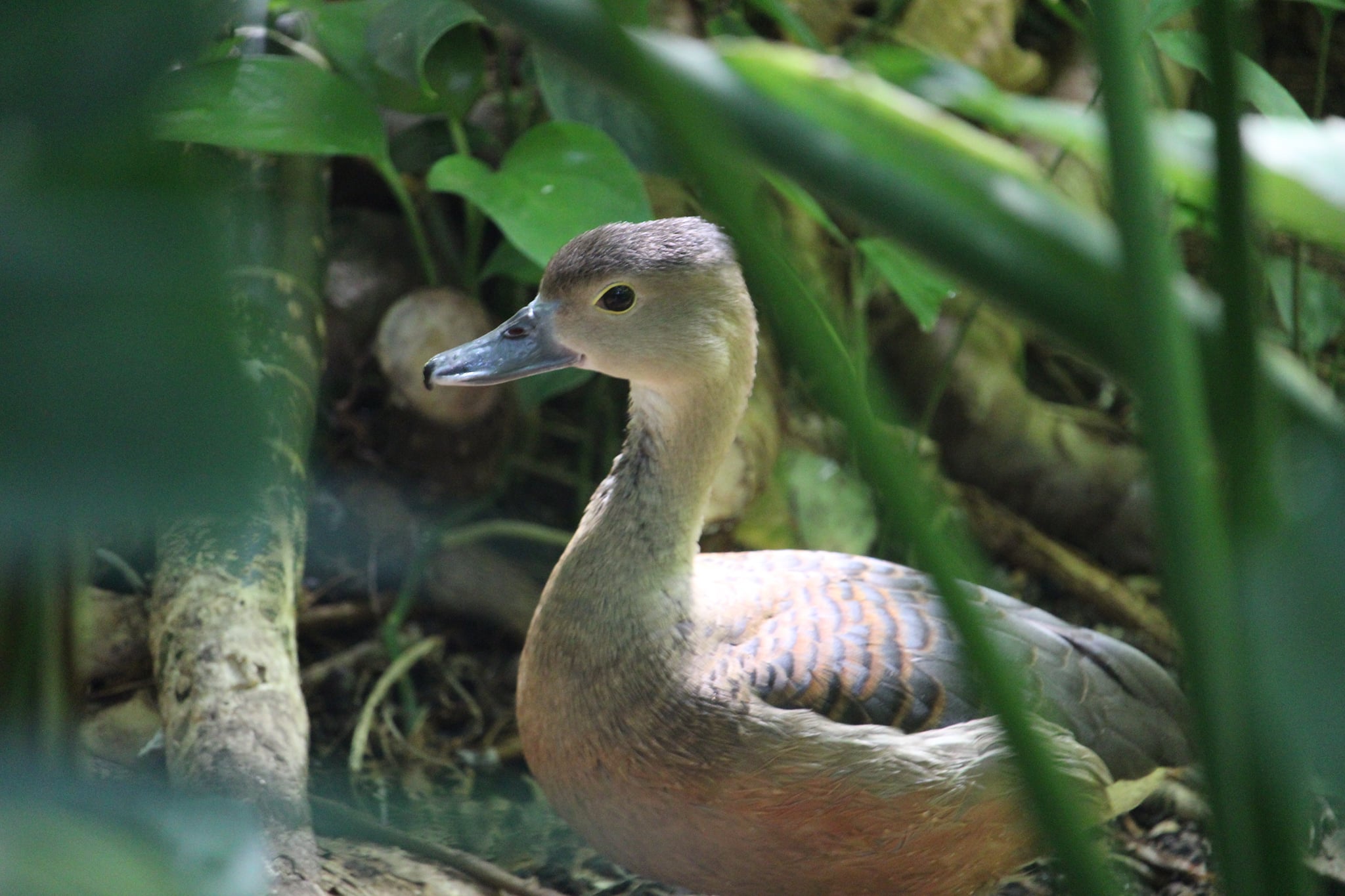I LIVE IN ASIA
The lesser Indian whistling duck is native to India and southeast Asia. They stick closely to lakes, swamps, and other bodies of water.
I AM AN OMNIVORE
The lesser Indian whistling duck will typically eat aquatic plants as well as cultivated rice grains. However, they are also known to eat small fish, frogs and aquatic invertebrates.
LESSER INDIAN WHISTLING DUCKS ARE SOCIAL
Lesser Indian whistling ducks often fly and swim around lowland wetlands in flocks. When eggs are laid, both parents share the responsibility of incubating them.
ACTIVE AT NIGHT
The lesser Indian whistling duck is nocturnal. They often rest during the day and spend most of the nighttime foraging for food.
HELPING THE LESSER INDIAN WHISTLING DUCK IN THE WILD
By visiting the Fort Wayne Children’s Zoo, you are supporting local, regional, and global conservation. A portion of every ticket sold goes towards conservation of wildlife and wild places. Each year, the Fort Wayne Children’s Zoo donates over $250,000 to our conservation partners.
I AM IMPORTANT TO MY ECOSYSTEM
Lesser Indian whistling ducks play a role in seed dispersal in their ecosystem, as well as keeping certain fish, frog, and invertebrate populations under control.

